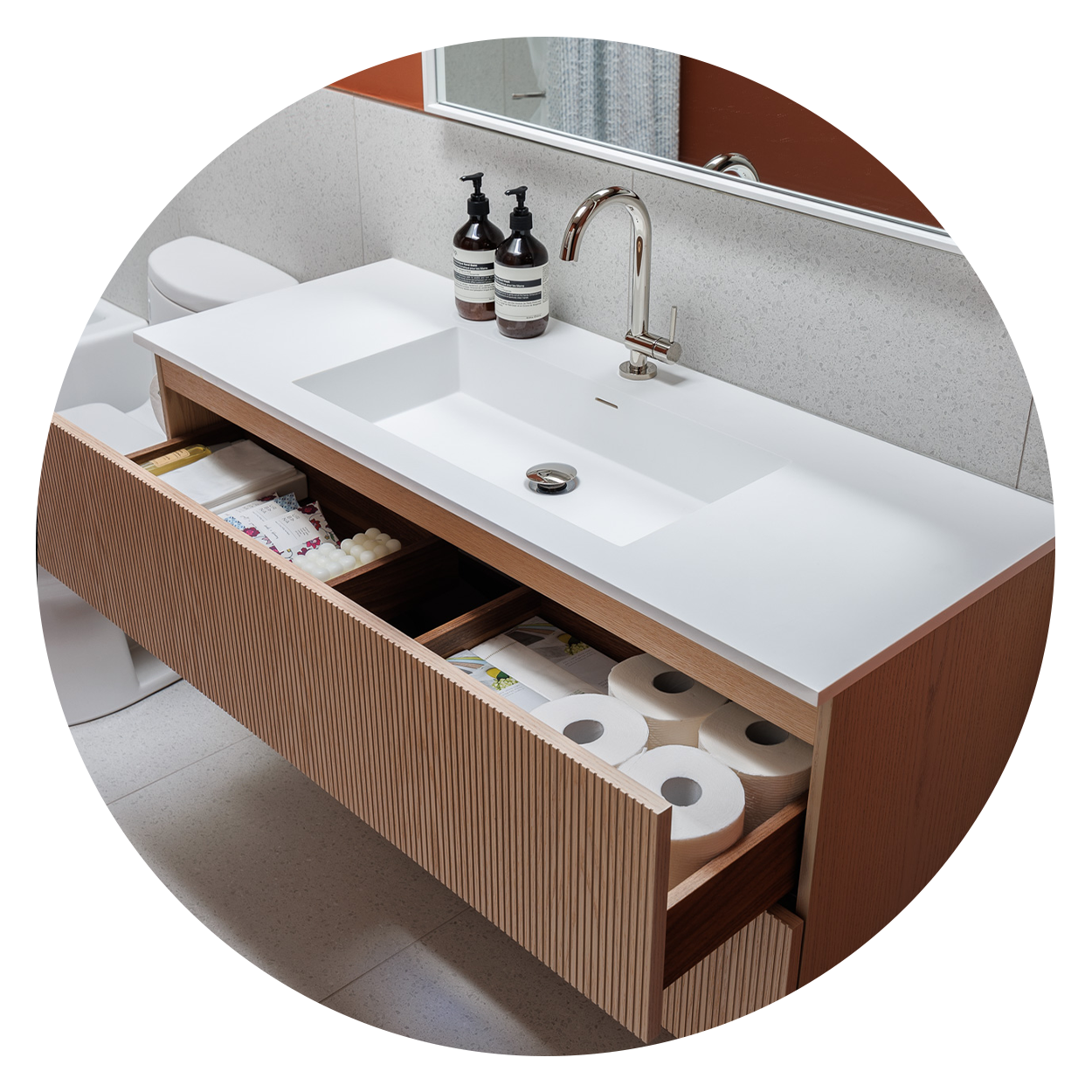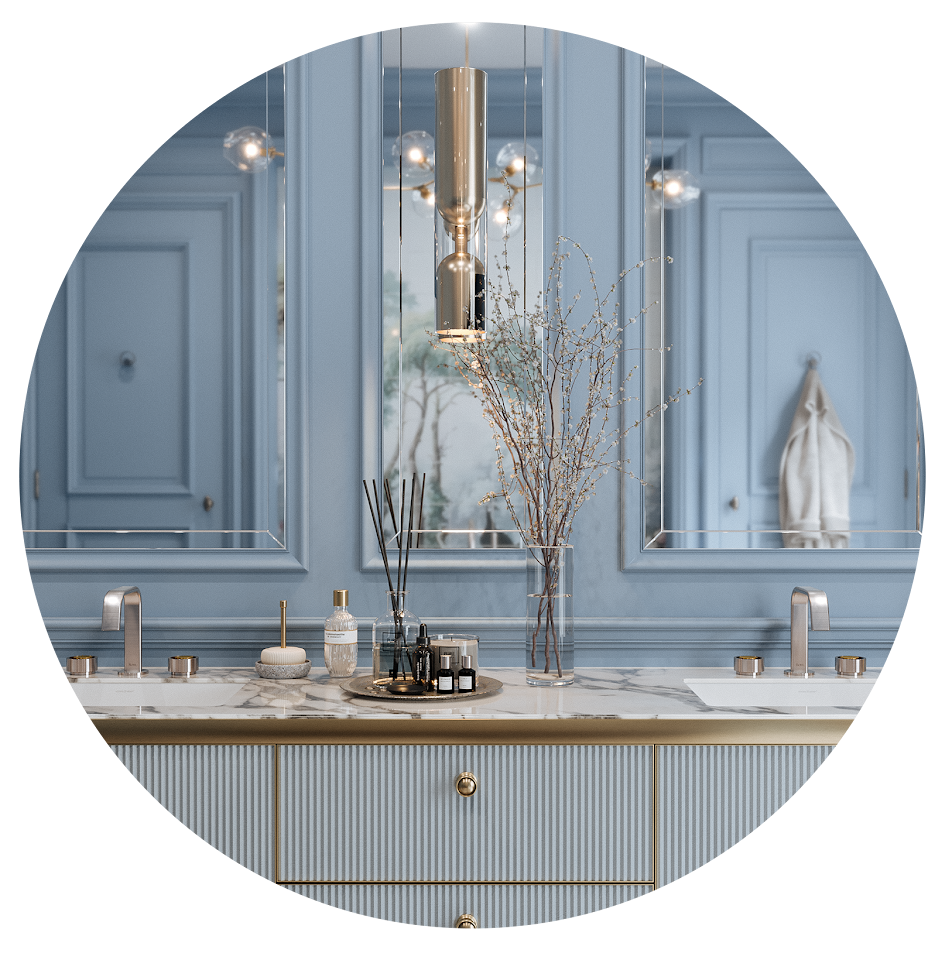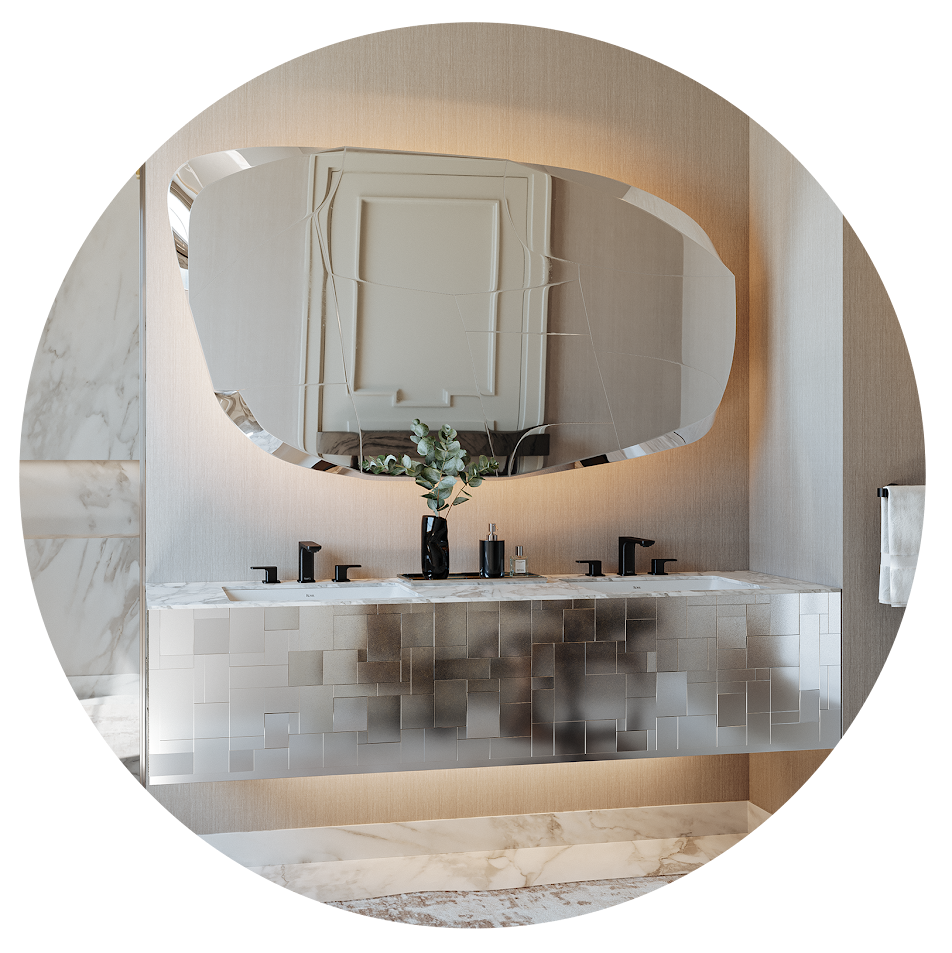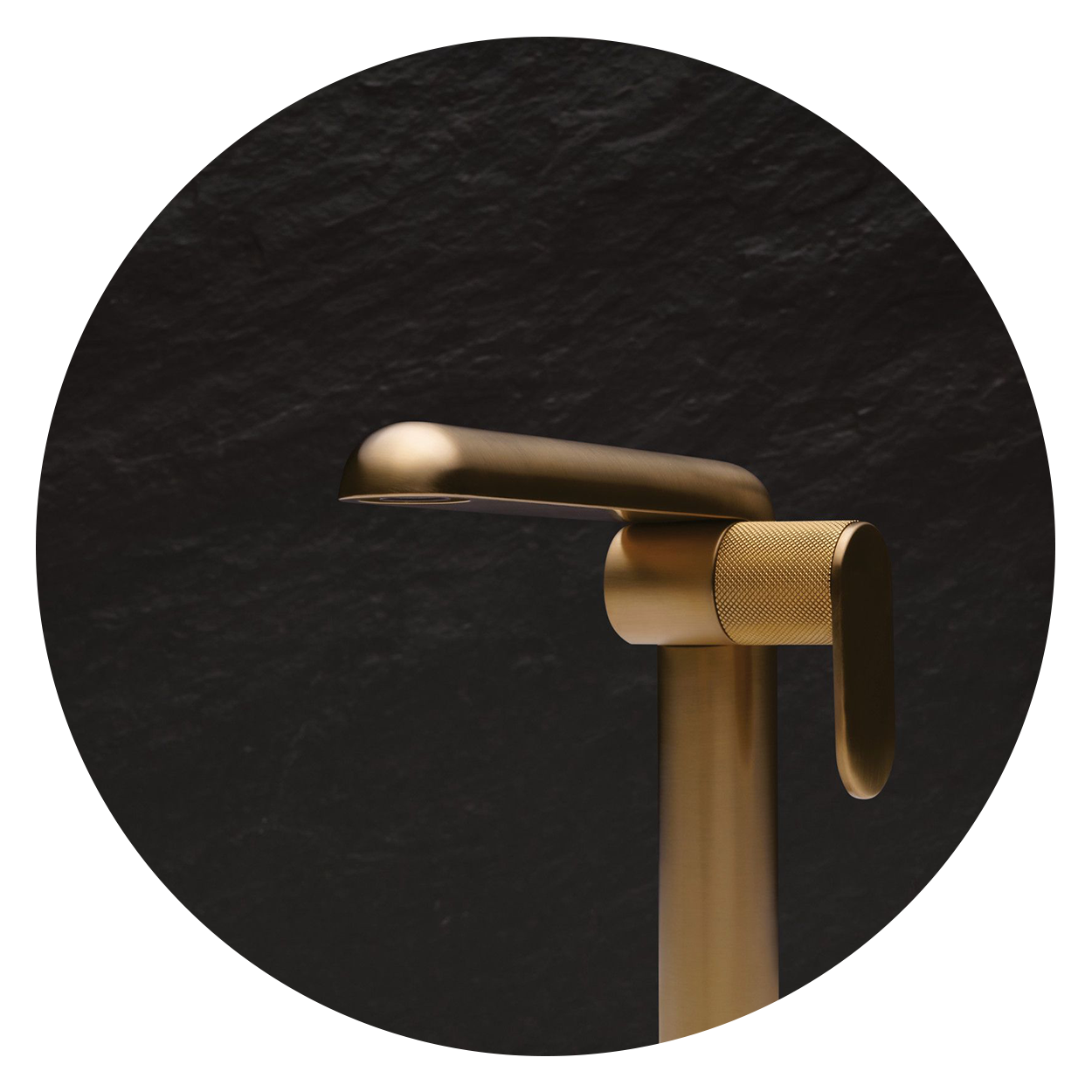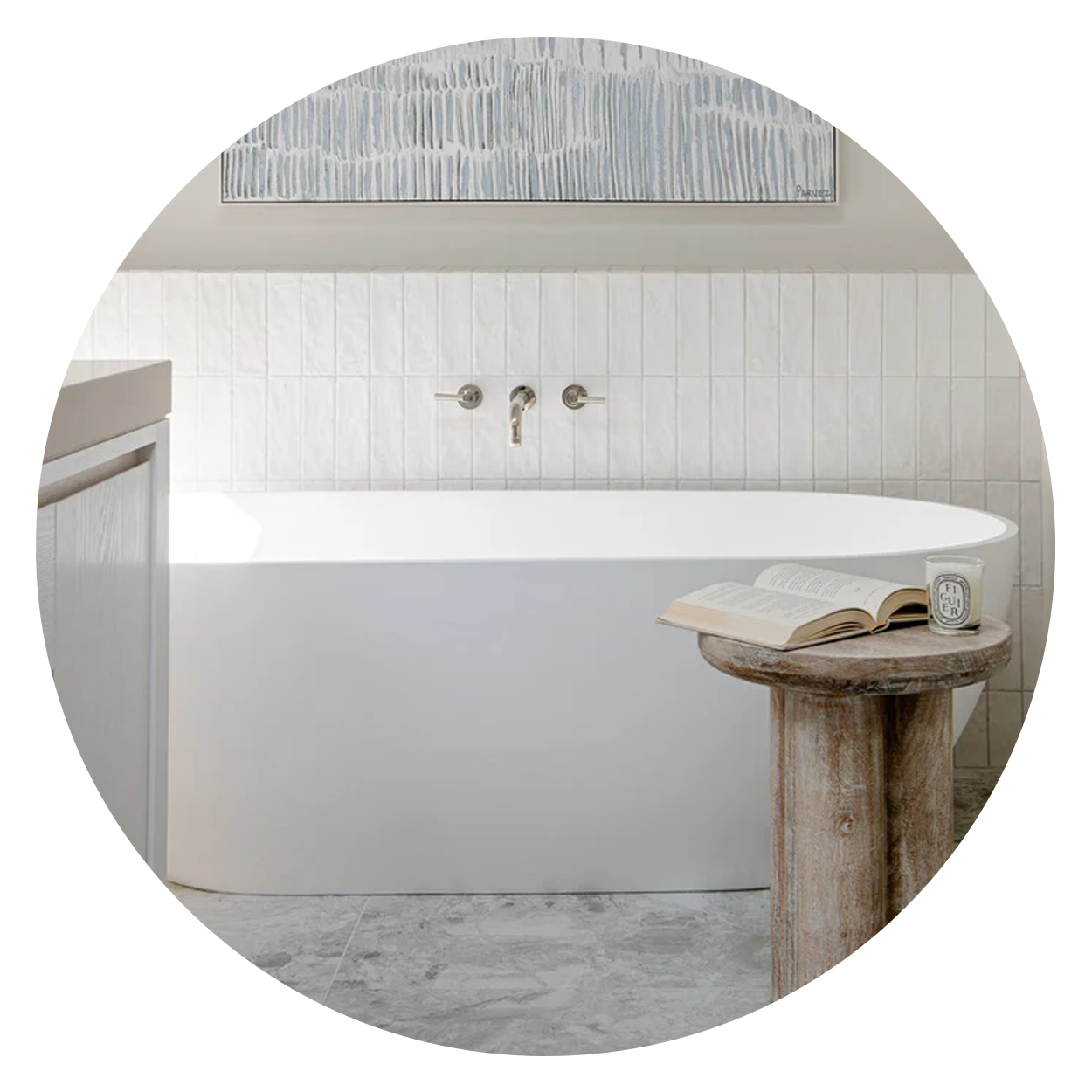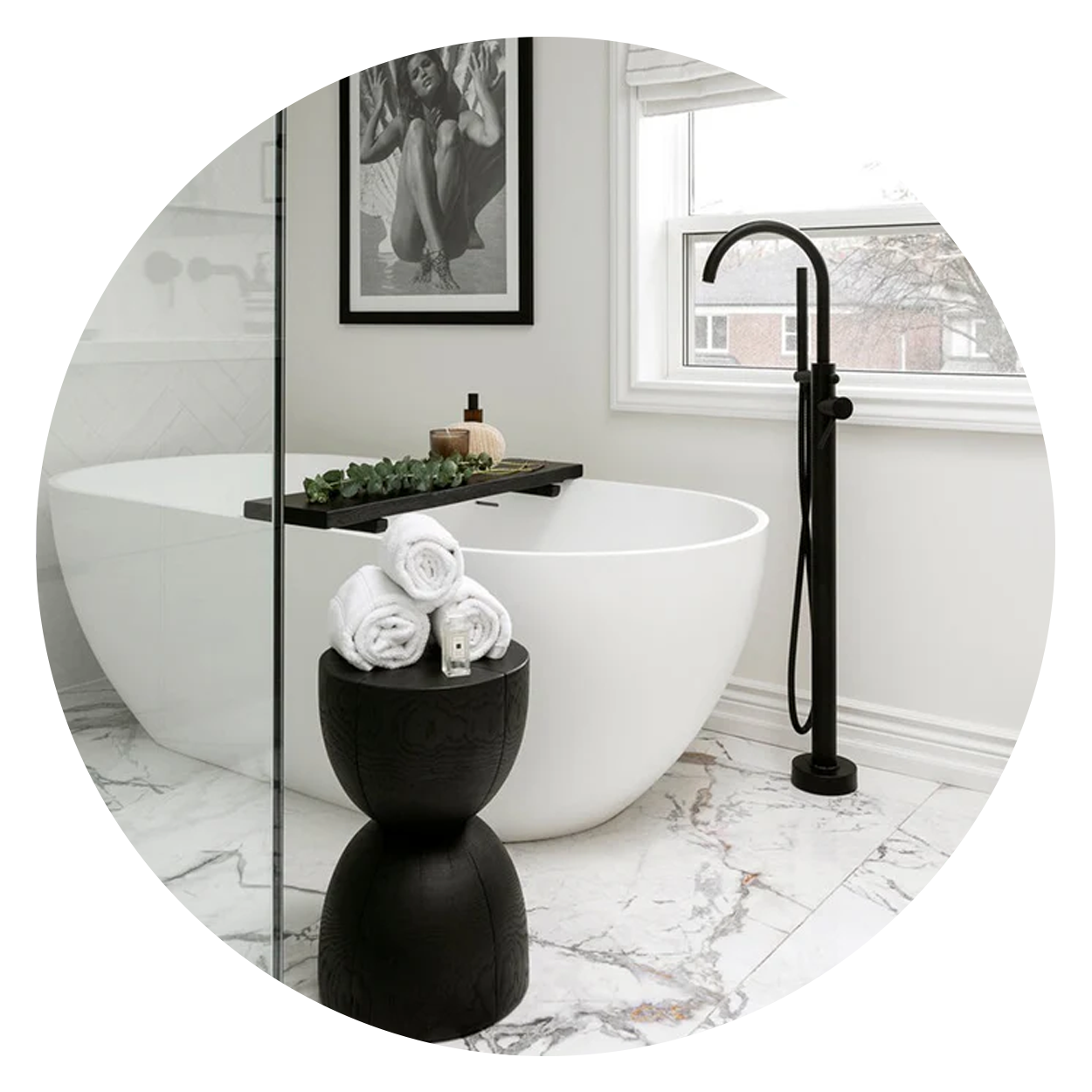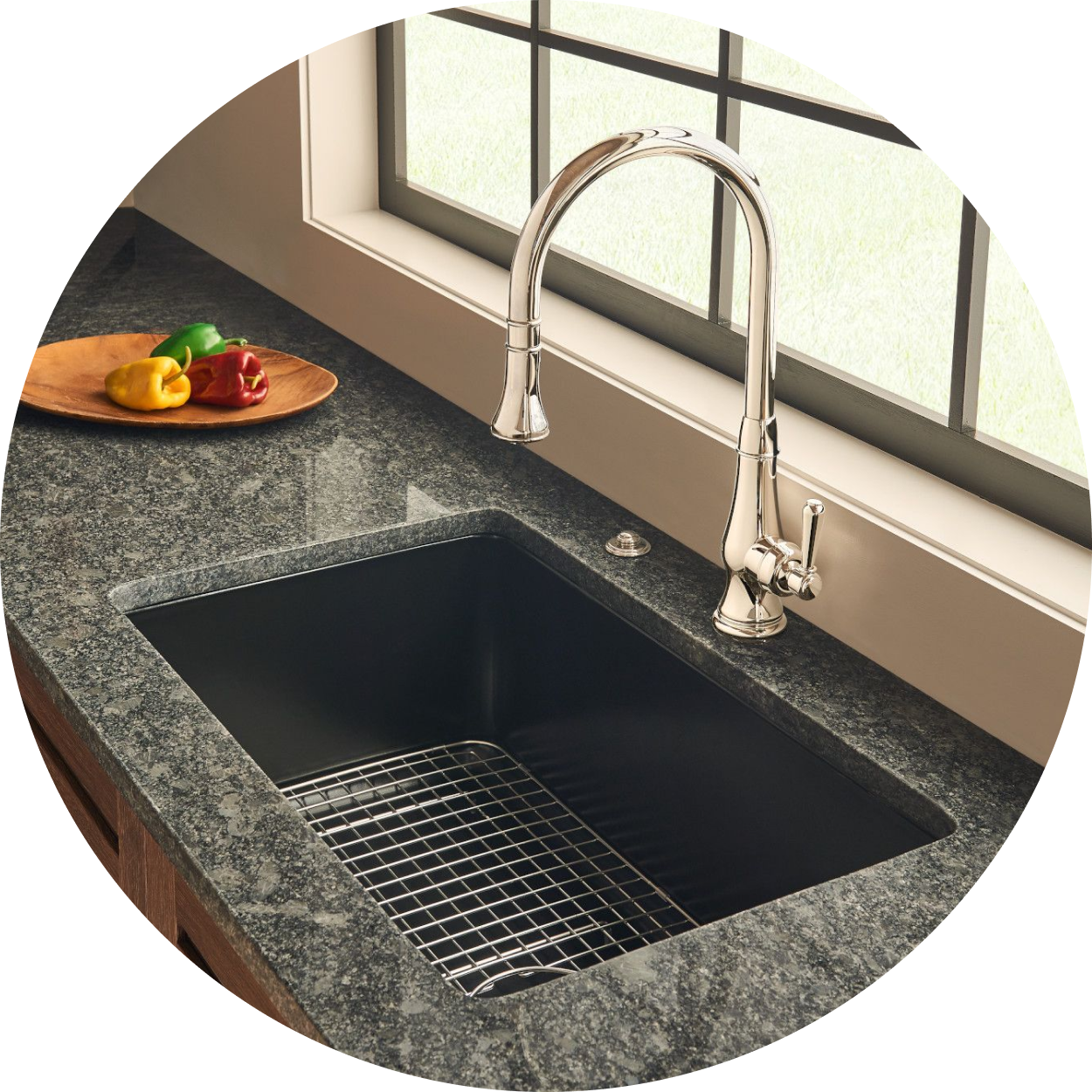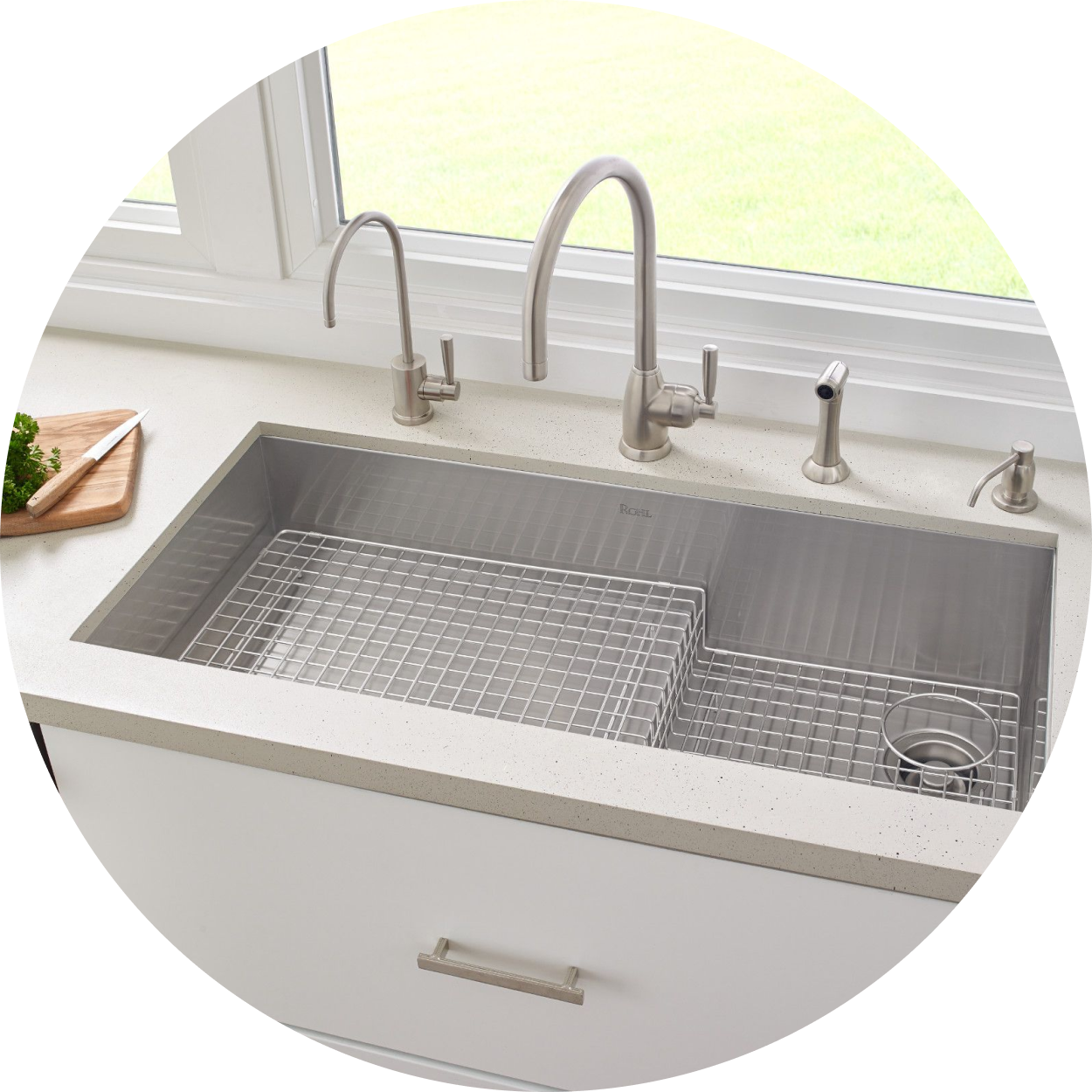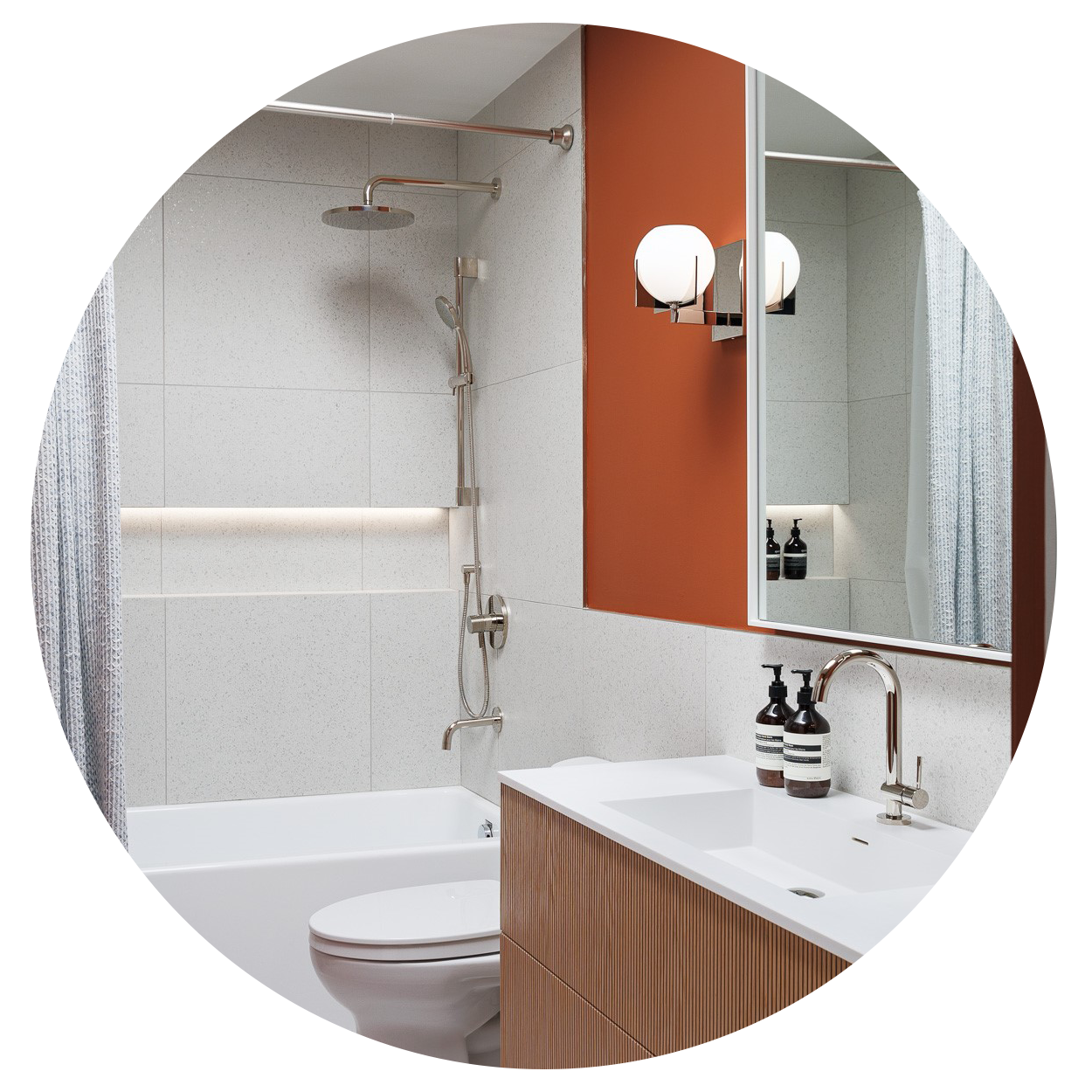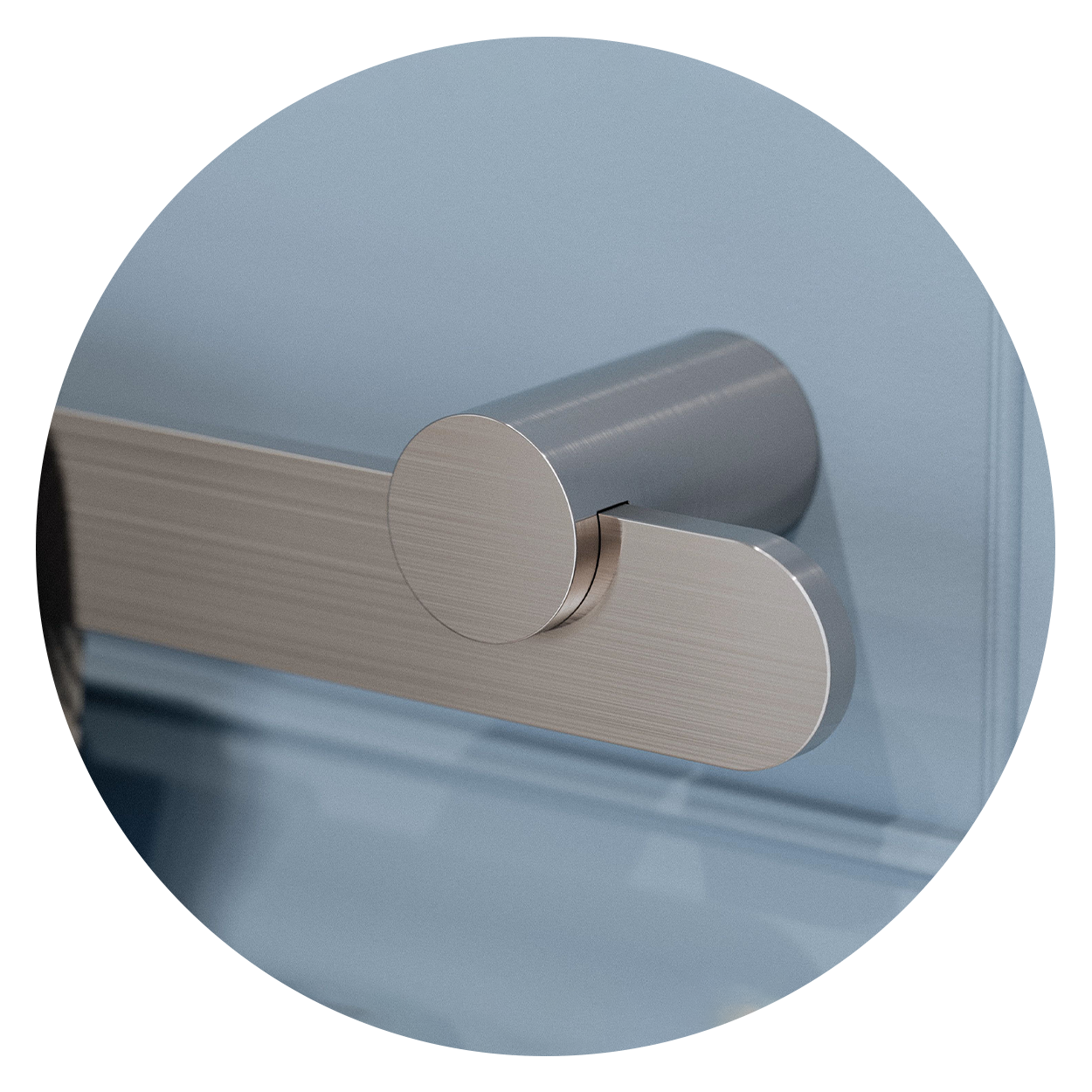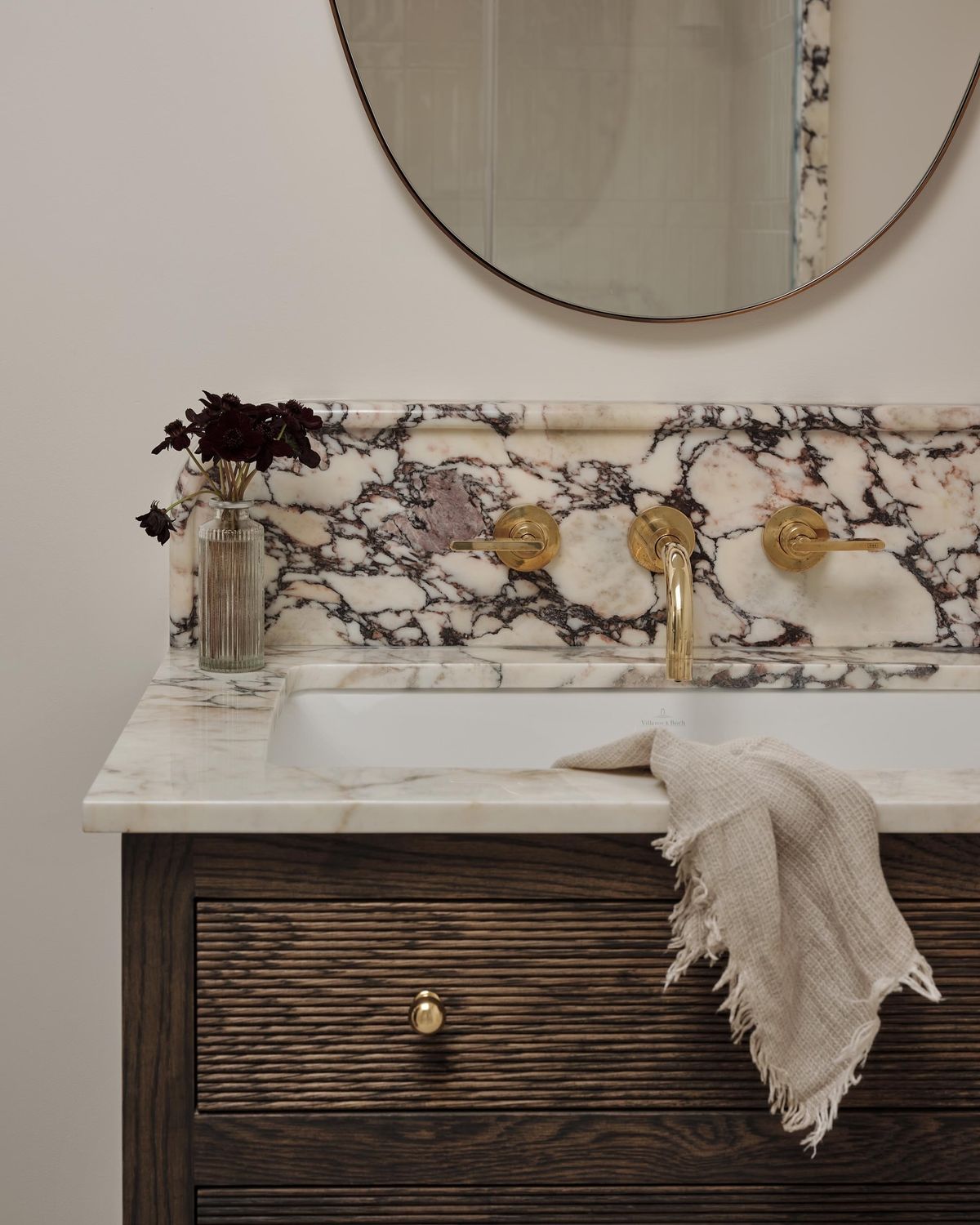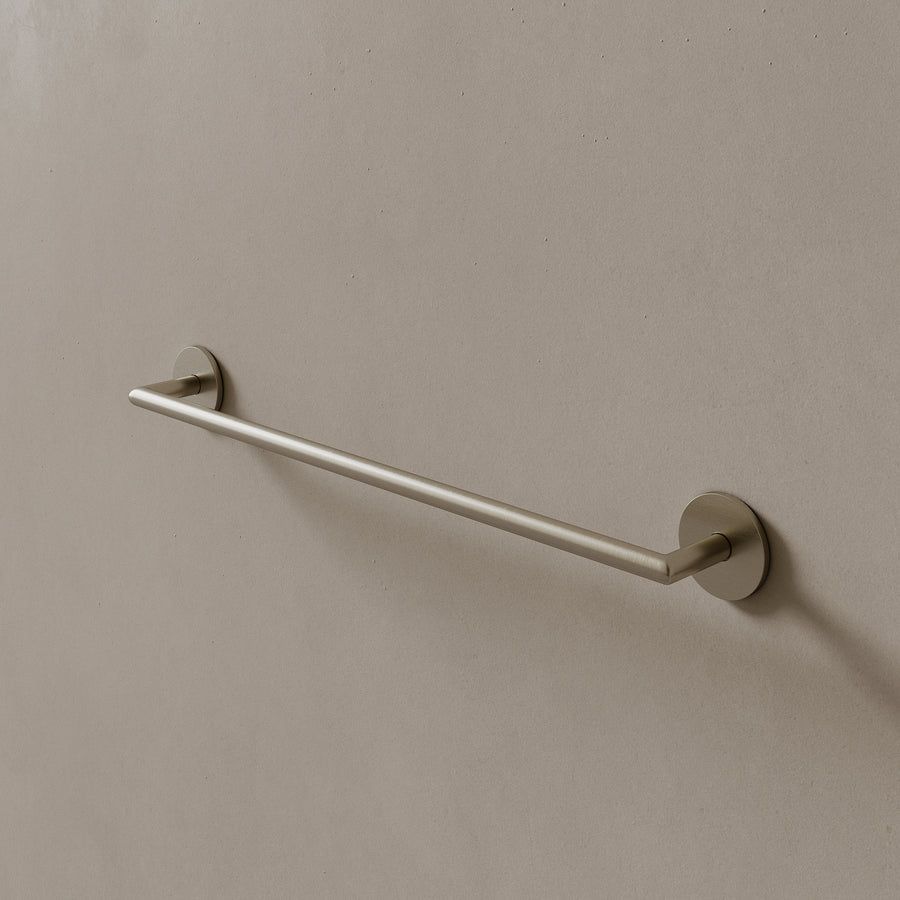
How to Properly Mount a Wall-Mount Accessory on Drywall (So It Actually Stays Up!)
Drywall is everywhere in modern homes, and while it’s great for finishing walls, it’s not naturally strong enough to hold weight on its own. That’s why hanging shelves, TVs, curtain rods, mirrors, or any wall-mounted accessory requires a little knowledge and the right hardware. Mount something incorrectly, and you could end up with sagging shelves—or worse—a pile of broken items on the floor.
The good news? With the right approach, you can mount things securely on drywall. Let’s walk through how to do it the right way.
Step 1: Find the Studs
A stud finder is your best friend here. Studs are the wooden beams behind your drywall that offer real support.
-
Use a stud finder and move slowly across the wall.
-
Mark the edges of the stud to find the center
No stud where you need it? Don’t worry—you can still use heavy-duty anchors.
Step 2: Choose the Right Drywall Anchor
If you can’t mount into a stud, pick the right anchor based on weight:
-
Plastic Expansion Anchors, easy to install but only good for very light items.
- Self-Drilling Drywall Anchors (also called ‘molly’ anchors), stronger and easy to install with a screwdriver.
- Toggle Bolts or Snaptoggles (the strongest drywall-only option), best for medium to heavy loads when studs aren't available
Step 3: Pre-Drill Carefully
Even if the anchor says self-drilling, drilling a small pilot hole makes installation cleaner and reduces cracking.
Use a drill bit that matches the anchor size (check packaging—don’t guess!).
Step 4: Install the Anchor and Mount
-
Insert the anchor flush with the wall surface.
-
Place your bracket or wall plate against the wall.
-
Drive the screws by hand or with a low-torque drill to avoid damaging the anchor.
Pro Tip: The screw should feel firm but stop tightening once it’s snug. Over-tightening can strip the anchor and weaken the mount.
Step 5: Test Before Adding Weight
Gently pull down and up on the mounted accessory or bracket.
If there’s any wiggle or flex:
-
Re-tighten screws slightly
-
Or consider switching to a stronger anchor
A properly mounted accessory should feel solid, not shaky.
Final Thoughts
Mounting accessories on drywall isn’t complicated once you know how to work with the material. The key is understanding whether you can use a stud—and choosing the right anchor if you can’t. With a stud, you’re golden. Without one, toggle anchors and molly bolts can save the day.
Do it right, and your wall-mounted accessory will stay in place, look great, and keep your space organized.


